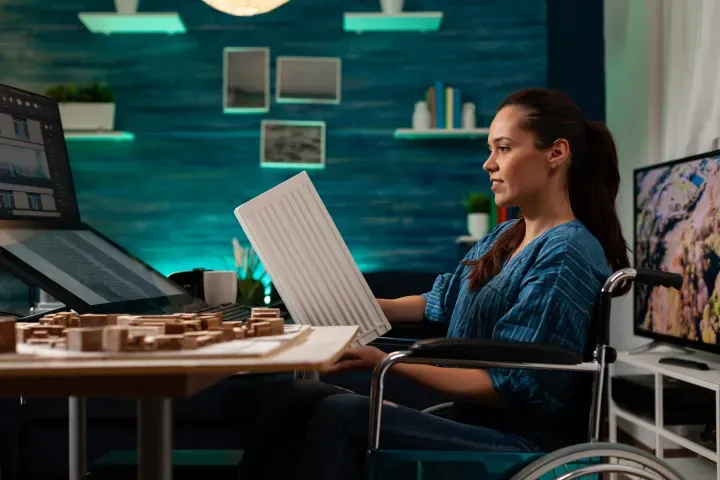Learning Spanish has become an essential skill for travelers, professionals, and language enthusiasts worldwide. As one of the most widely spoken languages, Spanish opens doors to cultural experiences, career opportunities, and meaningful connections. With the right strategies, achieving fluency is possible even without attending formal classes. This guide explores practical steps and proven techniques to master Spanish effectively and confidently.
Why Learning Spanish is Worth It
Spanish is the second most spoken language in the world, with millions of native speakers across Europe, Latin America, and the United States. Knowing Spanish enhances your ability to travel with ease, communicate with diverse communities, and broaden career prospects. From business negotiations to cultural immersion, Spanish fluency offers endless benefits.
Setting Clear Goals for Language Learning
Before diving into vocabulary lists and grammar rules, define your purpose for learning Spanish. Are you aiming for conversational skills for travel or professional fluency for work? Establishing clear goals helps you stay motivated and track your progress. Break down larger objectives into smaller milestones—like mastering greetings, basic conversations, and eventually advanced grammar.
The Best Way to Learn Spanish on Your Own
Self-learning has become increasingly accessible due to digital platforms, apps, and online communities. The Best Way to Learn Spanish on Your Own is to combine various tools—such as language apps, YouTube tutorials, podcasts, and interactive exercises. Daily practice, even for 20 minutes, can significantly boost your skills.
Engage with Spanish media—listen to Spanish songs, watch movies with subtitles, and read short stories or news articles. Immersing yourself in authentic content accelerates your understanding of pronunciation, sentence structure, and cultural context. Keep a vocabulary journal and review new words regularly.
Building a Consistent Study Routine
Consistency is the key to language learning. Dedicate specific time slots each day for practice. Alternate between listening, speaking, reading, and writing to strengthen all language skills equally. Speaking out loud, even when practicing alone, enhances pronunciation and confidence.
Practicing Speaking Without a Partner
One major challenge of self-study is the lack of conversation practice. However, you can overcome this by using language exchange platforms, AI-powered chatbots, and recording your own voice. Listening to yourself helps identify pronunciation errors and areas for improvement.
Resources for Effective Self-Learning
- Language Apps: Duolingo, Babbel, or Memrise for vocabulary and grammar
- YouTube Channels: SpanishPod101, Butterfly Spanish
- Podcasts: Coffee Break Spanish, Notes in Spanish
- Online Communities: Reddit forums, language learning groups
The Best Way to Learn Spanish on Your Own also involves mixing traditional study with immersive methods. Label items in your home in Spanish, switch your phone’s language settings, and try thinking in Spanish during daily routines.
Mastering Grammar and Vocabulary
Grammar can seem intimidating, but understanding the basics—verb conjugations, gendered nouns, and sentence structures—is crucial. Start with present tense verbs, then gradually expand to past and future tenses. Flashcards, spaced repetition apps, and quizzes are excellent tools for memorization.
Immersive Techniques for Faster Fluency
Fluency requires real-life application. Watch Spanish TV shows, follow Spanish-speaking influencers on social media, and listen to radio stations. Immersive exposure improves comprehension naturally. The Best Way to Become Fluent in Spanish is to create a Spanish-speaking environment, even at home.
Practicing Writing Skills
Writing in Spanish helps reinforce grammar and vocabulary. Keep a daily journal, write short stories, or post in Spanish-language forums. Over time, your sentence structure and word recall will improve significantly.
The Role of Cultural Understanding
Language learning is incomplete without cultural awareness. Understanding traditions, idioms, and social norms deepens your ability to communicate effectively. Explore Spanish-speaking cultures through cooking, music, and history to enrich your learning experience.
Staying Motivated Through Challenges
Language learning can feel overwhelming at times. Celebrate small wins—like understanding a movie scene without subtitles or holding a basic conversation. Track your progress to stay motivated. Remember, consistency matters more than perfection.
Combining Tools for Maximum Results
No single method guarantees fluency. The Best Way to Become Fluent in Spanish is to combine multiple strategies—apps for structured lessons, media for immersion, and conversation practice for real-life application. Surround yourself with Spanish daily, and fluency will follow naturally.
Joining Online Classes for Extra Support
While self-learning is effective, joining online classes can provide structure and expert guidance. Professional tutors can correct mistakes and accelerate your progress. Platforms like Lingolands offer interactive sessions that blend convenience with professional teaching quality.
Tracking Progress and Measuring Fluency
Assess your skills regularly. Record yourself speaking, take online quizzes, or try conversing with native speakers. These practices highlight areas that need improvement and boost confidence as you progress.
Final Thoughts
Spanish fluency is achievable with dedication and the right resources. Whether through apps, media, or interactive platforms, consistent exposure and practice lead to remarkable results. The Best Way to Learn Spanish on Your Own and the Best Way to Become Fluent in Spanish both rely on immersion, practice, and a genuine passion for the language.
Start your journey today and open the door to new opportunities, friendships, and cultural experiences by embracing the beauty of the Spanish language.
Congrats! You’ve Finished This Blog.



